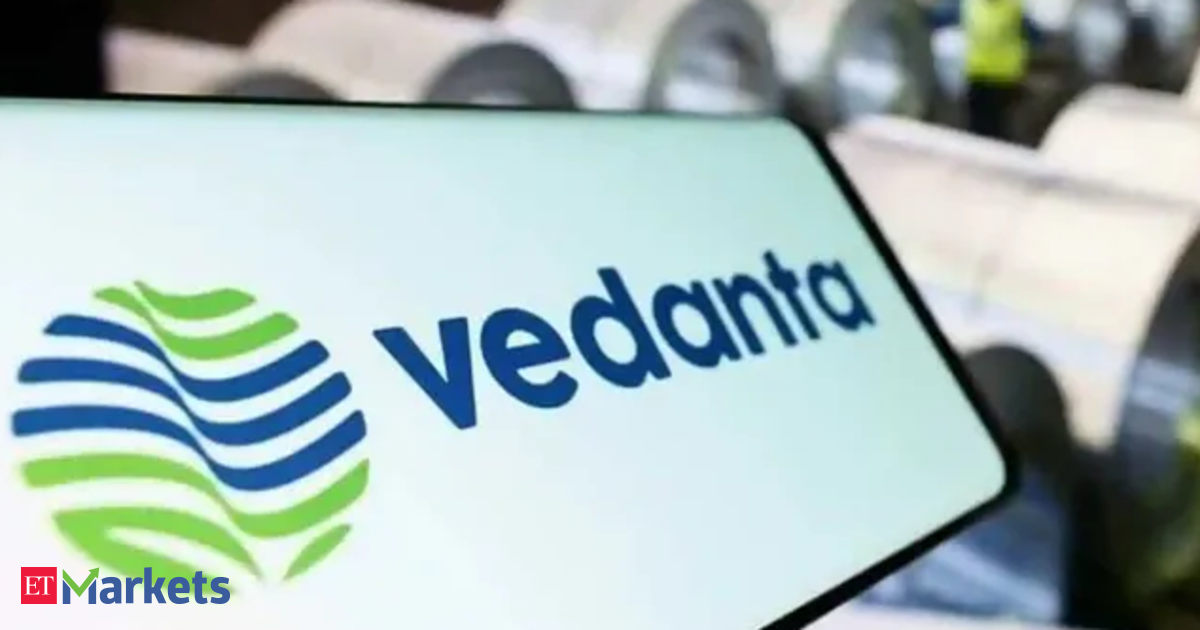The contrasting moves by domestic and foreign money managers reflect how domestic investors are increasingly willing to bet on the recovery story while overseas investors remain cautious.
Mutual funds demonstrated their renewed confidence by raising stakes across multiple Adani entities. The most dramatic increase came in Adani Energy Solutions, where MF holding surged by 74 basis points to 3.19% in the June quarter from 2.45% in March.
The buying spree extended to other key group companies. MFs increased their stake in Adani Green Energy by 50 basis points to 1.51%, while Adani Ports saw a 40 basis point jump to 5.42%. Adani Enterprises witnessed an 18 basis point increase to 2.67%, and Adani Power gained 12 basis points to reach 1.76%.
Even cement majors under the Adani umbrella attracted MF interest, with Ambuja Cements seeing a 10 basis points increase to 7.91%. The only notable reduction came in ACC, where MF holding dropped by 222 basis points to 12.07%.
LIC selectively adds cement assets
Life Insurance Corporation of India (LIC) took a more selective approach, focusing primarily on the group’s cement assets. LIC significantly boosted its stake in ACC by 142 basis points to 9.11% and raised its position in Ambuja Cements by 125 basis points to 6.80%.However, the state-owned insurer trimmed its holding in Adani Green Energy marginally by 4 basis points to 1.32%, while maintaining unchanged positions in other group companies.
GQG stages strategic exit
In contrast to domestic buying, Rajiv Jain-led GQG Partners did a strategic reduction in Adani exposure. The US-based investment firm sold stakes in Adani Green Energy, reducing its holding by 13 basis points to 4.36%, and pared its position in Adani Power by 4 basis points to 5.06%.
Most notably, GQG’s name disappeared entirely from Ambuja Cements’ shareholder list, where it previously held a 1.42% stake in March. The firm either sold its complete holding or saw its stake fall below the 1% disclosure threshold required for regulatory filings.
GQG maintained static positions in Adani Energy Solutions at 5.23% and Adani Enterprises at 3.84%, while marginally increasing its Adani Ports holding by 3 basis points to 3.96%.
FII exodus continues
Foreign institutional investors maintained their bearish stance, reducing holdings in eight out of 10 Adani stocks. The heaviest selling was witnessed in Adani Energy Solutions, where FII stake dropped by 173 basis points to 15.85%, followed by Ambuja Cements with a 117 basis point decline to 7.43%.
Adani Green Energy saw FII holding fall by 87 basis points to 11.58%, while other group companies including Adani Total Gas, ACC, and Adani Enterprises witnessed more modest reductions.
The only bright spots for FII interest were Adani Ports, where holdings increased by 10 basis points to 13.53%, and Adani Power with a similar 10 basis point gain to 12.46%.
The analysis excludes AWL Agri Business, formerly known as Adani Wilmar, as the Adani Group has exited the Fortune Oil maker, removing it from the conglomerate’s portfolio of listed entities.
What should investors do?
The foreign selling spree may reflect broader market dynamics rather than company-specific concerns. GQG and other FIIs’ stake reduction could stem from profit booking amid geopolitical uncertainty, valuation discomfort, and a sluggish earnings recovery across Indian markets.
Adding credibility to the domestic buying thesis, Jefferies recently included two Adani stocks—Adani Energy Solutions and Adani Ports—in its list of 11 value picks.
“Adani Energy Solutions is growing 3x+ faster than Power Grid (PGCIL) with 34% EBITDA CAGR in FY25-27E vs 9% for PGCIL. The stock is at a 79% discount to its Jan. 2023 peak 1-yr forward EV/EBITDA and valuation premium to PGCIL has reduced to 50% vs 991% in Jan. 2023,” Jefferies noted, setting a price target of Rs 1,150 based on 15x EV/EBITDA FY27E.
On Adani Ports, the brokerage estimates “16% FY25-28E EBITDA CAGR led by 14% FY25-28E CAGR in volumes with commissioning/stabilization of operations at new ports.” The stock trades at 16.6x FY26E EV/EBITDA, similar to its long-term average and at a 38% discount to JSW Infrastructure.
The conglomerate’s financial muscle is evident in its aggressive fundraising drive. The apple-to-airport empire has already mobilized over $3.2 billion in the first six months of 2025, positioning itself to complete a massive $5 billion fundraising blitz by FY26. An additional $2 billion is planned for FY26 across Adani Green and Adani Enterprises.
This capital raising frenzy supports Chairman Gautam Adani’s most ambitious expansion blueprint. “The Adani Group plans to invest a record USD 15-20 billion across businesses over the next five years to chart out the next phase of growth,” Adani declared at last month’s AGM, highlighting the conglomerate’s “strong balance sheet and robust business to shrug off relentless scrutiny it faces.”
The group’s financial metrics support this confidence. In FY25, the conglomerate’s combined profit after tax surged to an all-time high of Rs 40,565 crore, while EBITDA scaled to Rs 89,806 crore, up 8.2% year-on-year. High profit growth has driven leverage reduction, with portfolio-level net debt to EBITDA falling from 3.8x in FY19 to 2.6x currently.
Also Read | Adani Group to invest $15-20 bn across businesses over next 5 yrs: Gautam Adani
(Data: Ritesh Presswala)
(Disclaimer: Recommendations, suggestions, views and opinions given by the experts are their own. These do not represent the views of the Economic Times)




